How will William and Catherine shape future state visits?
Royal Clubber Audrey consults her crystal ball...
Hello, Royal Clubbers, it’s Millie here. We have an extra-special post for you today which is in fact written by one of or own members, Audrey Symes.
This isn’t Audrey’s first time writing for The HELLO! Royal Club – you can read her lovely piece about Princess Catherine’s focus on Early Years here.
You will all have seen the success of the latest state visit from US President Donald Trump and his wife Melania. This week, Audrey reflects on the future of royal state visits, including what they might look like once William and Catherine are King and Queen.
Take it away, Audrey…
During last week’s state visit with President and Mrs. Trump, King Charles played a unique and irreplaceable role.
He started the visit off with a tone of reverence, glamour, and historical and cultural weight, treating the Trumps to a once-in-a-lifetime special procession through the Windsor estate, fly-past in red, white and blue, and a banquet and toast that the President referred to as “one of the highest honours of my life”.
The unique royal portion of Trump’s state visit honoured the President and First Lady, emphasised the depth of the UK-US “special relationship”, and cast Britain’s traditions in their most captivating light.
In doing so, it set the state for the Prime Minister to engage in trade and policy talks the following day, which included energy agreements and a £150 billion Tech Prosperity Deal to stimulate British tech and AI infrastructure (and it is notable that many American tech and finance executives attended the Windsor banquet!).
This partnership between the Crown and the state was famously referred to by 19th century essayist Walter Bagehot as the dignified and the efficient - the dignified (the monarchy) would “excite and preserve the reverence of the population”, where the efficient (Prime Minister and Members of Parliament) would “employ that homage in the work of government”. State visits perfectly illustrate this partnership: the Crown inspires awe, while ministers harness that goodwill for practical ends.
State visits, the opening of Parliament, and military reviews are long-standing examples of the monarchy’s dignified role. However, each generation modernises the monarchy and adds their own imprimatur. So, how might a future King William and Queen Catherine update or add to these activities, ensuring that the monarchy continues to balance dignity and relevance?
The final engagement between the Princess of Wales and First Lady Melania Trump gave the most tantalising clues to how state visits could continue to evolve and improve in the future. Their joint visit to assist Scouts in earning their Go Wild badges was a charming way to close out the trip, underscoring the commitment of both the Princess and First Lady to developing children’s potential as well as promoting the importance of “natural treasures,” a significant theme from the King’s banquet speech.
Both the Prince and Princess of Wales have been vocal about their impact projects, which are aimed at making as significant a difference as possible with their platform. Integrating their impact projects with state occasions would ensure maximum exposure and prominence. For instance, what would an early years-themed state visit look like?
Imagine Queen Catherine inviting a children’s choir to perform alongside the honour guard at Windsor or Horse Guards, with a short speech highlighting Britain’s cultural investment in its children. The party could then greet early years practitioners and experts after inspecting the guard.
After the welcome tea, early childhood experts from the visiting country could be invited to participate in a panel discussion hosted by Centre for Early Childhood on policy innovation alongside trade and security talks; perhaps new partnerships in maternal health, childhood education or early brain development research could result as part of the official state outcomes.
On the walls at the banquet hall, children’s artwork could be displayed for the foreign dignitaries to admire, and ingredients from school gardens or farms tied to youth programs could feature on the dinner menu.
This type of visit could be further amplified by reaching out to the public more directly via digital media. Over the past few years, the Prince and Princess of Wales have increasingly embraced social media as a communication strategy, as well as a powerful medium with which to honour others. Interactive digital components (e.g., livestreams, virtual Q&As) could be explored for integration into royal appearances, encouraging a public dialogue.
Videos of the visit featured on social media could be produced to clearly highlight key themes; for instance, a video of an early years engagement could include a voice-over or captions on how play and collaboration promotes emotional scaffolding and attuned conversations, two of the most critical components of early years development.
Looking forward, it seems that there will be no shortage of opportunities for the monarchy to make Bagehot - and the nation - proud.
Thank you for such an illuminating piece, Audrey! I’m sure she would love to hear your thoughts in the comments below.
If you’re passionate about a particular subject and want to follow in Audrey’s footsteps by submitting a post, please do get in touch. We’d love to hear from you.


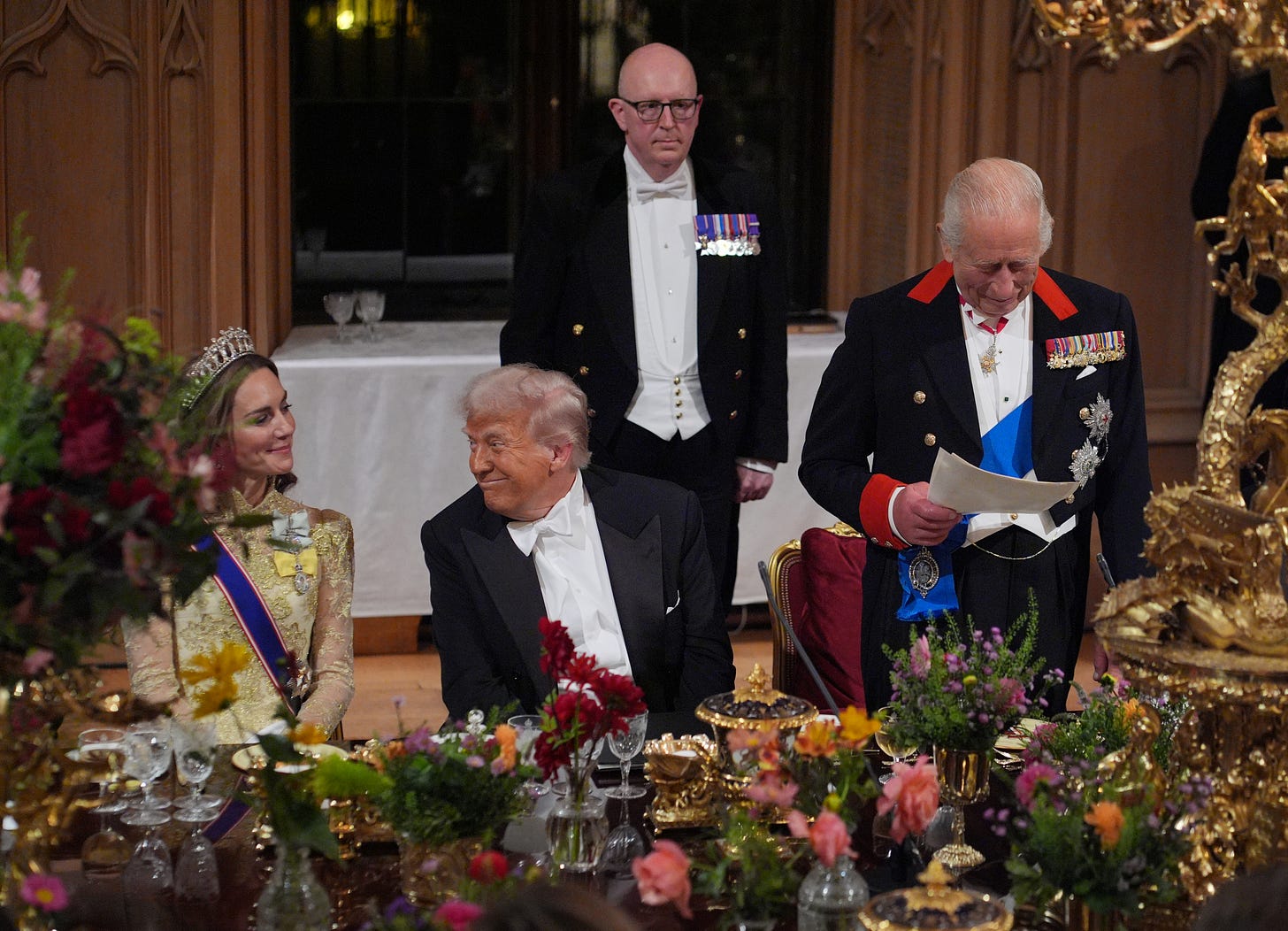
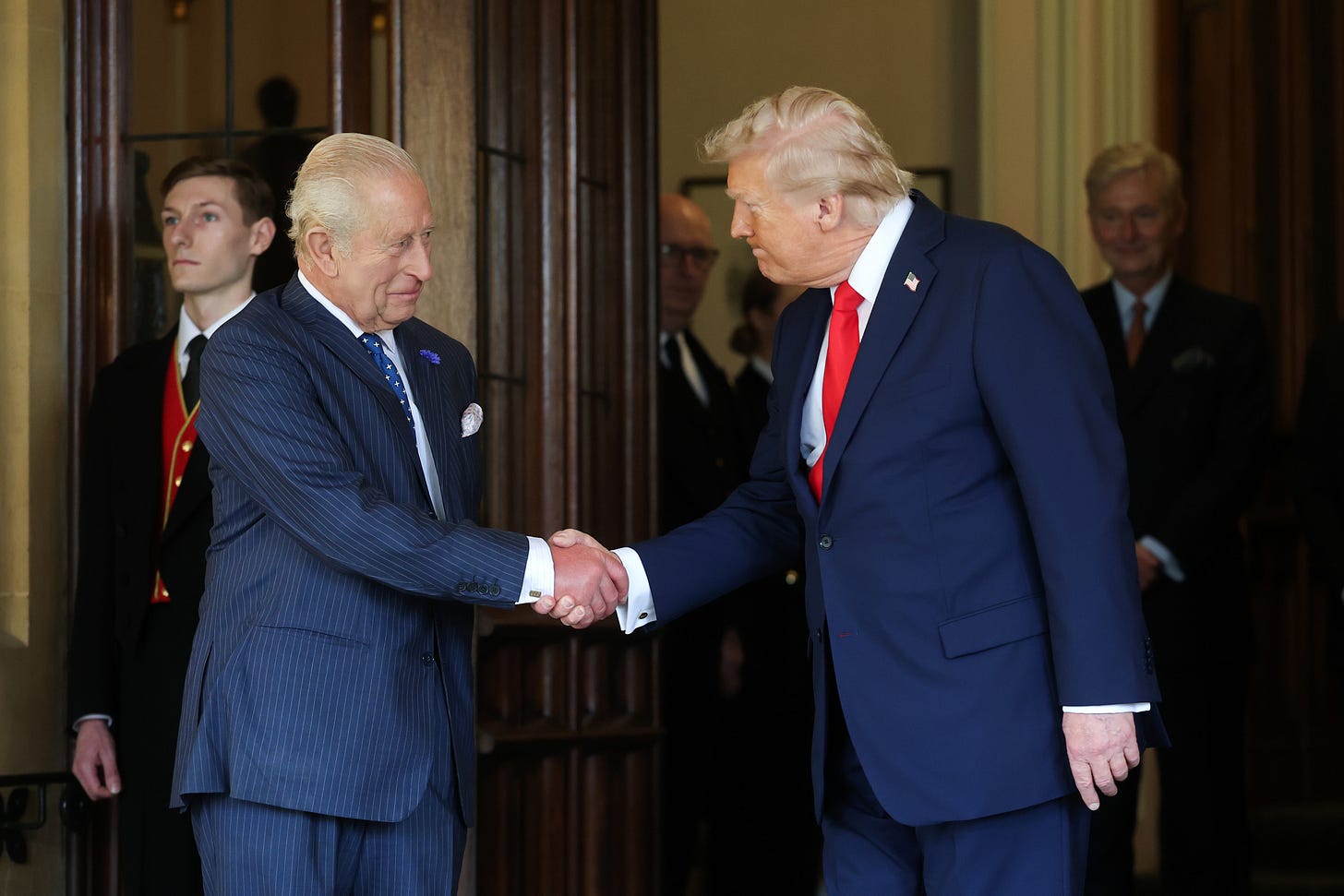

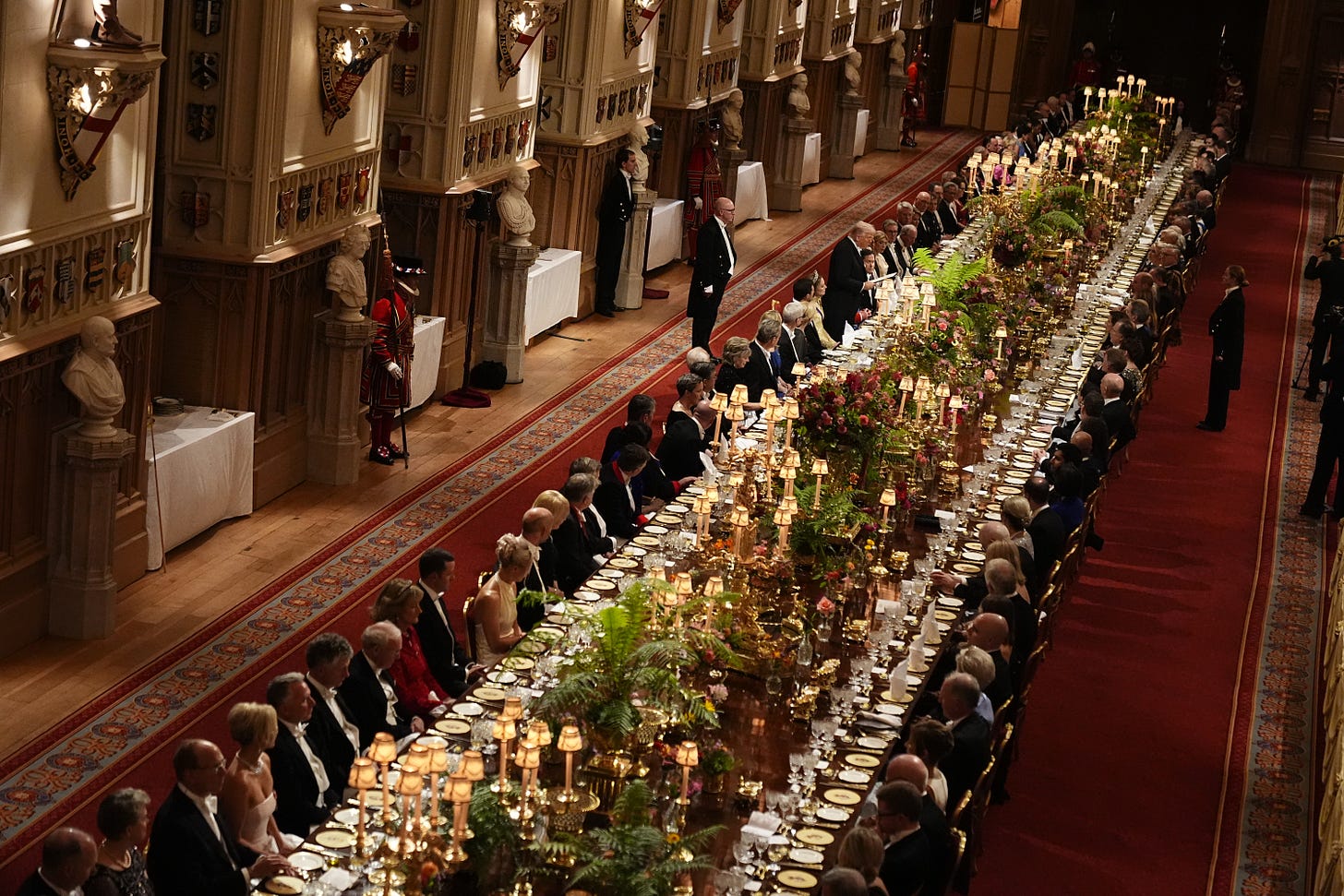

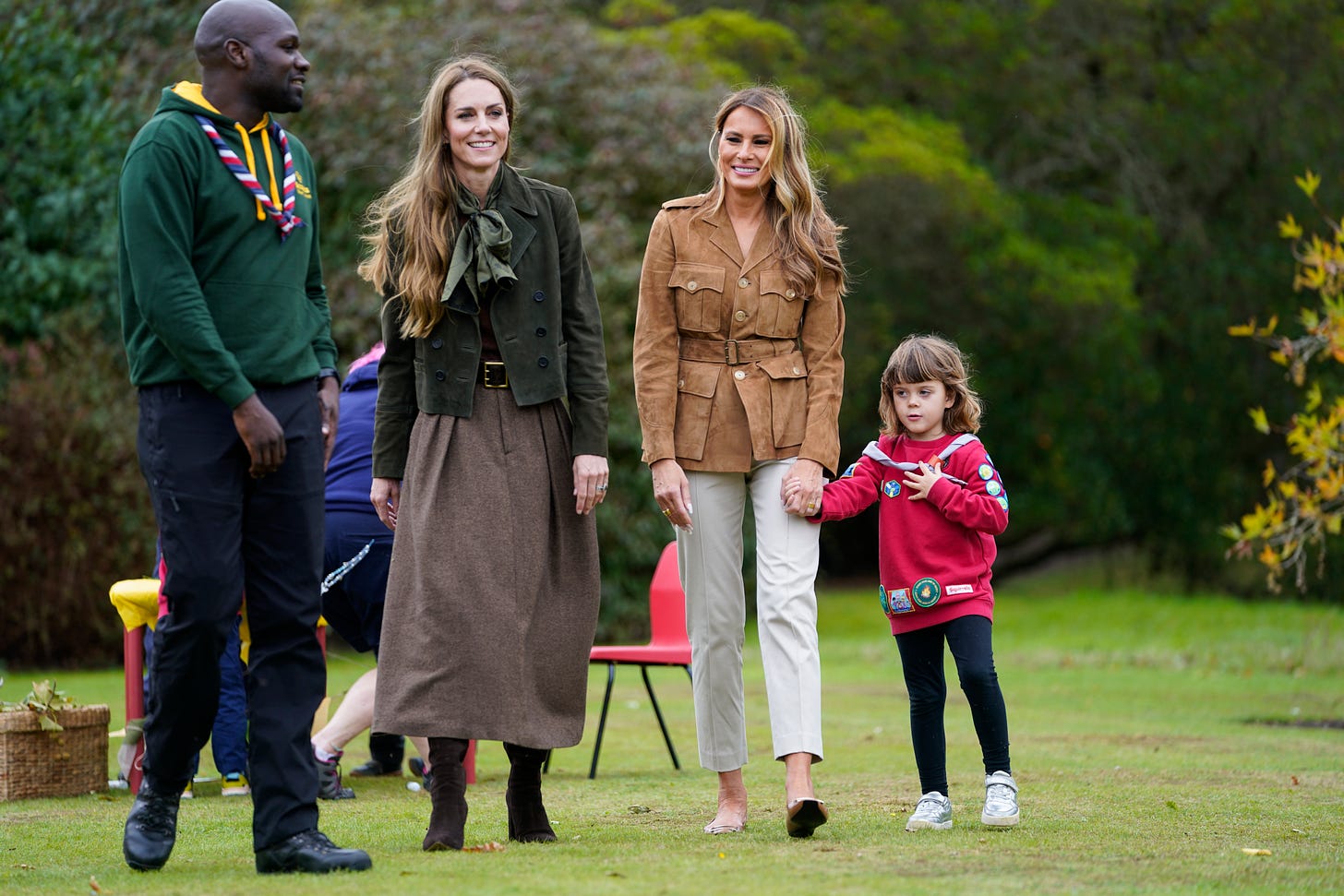
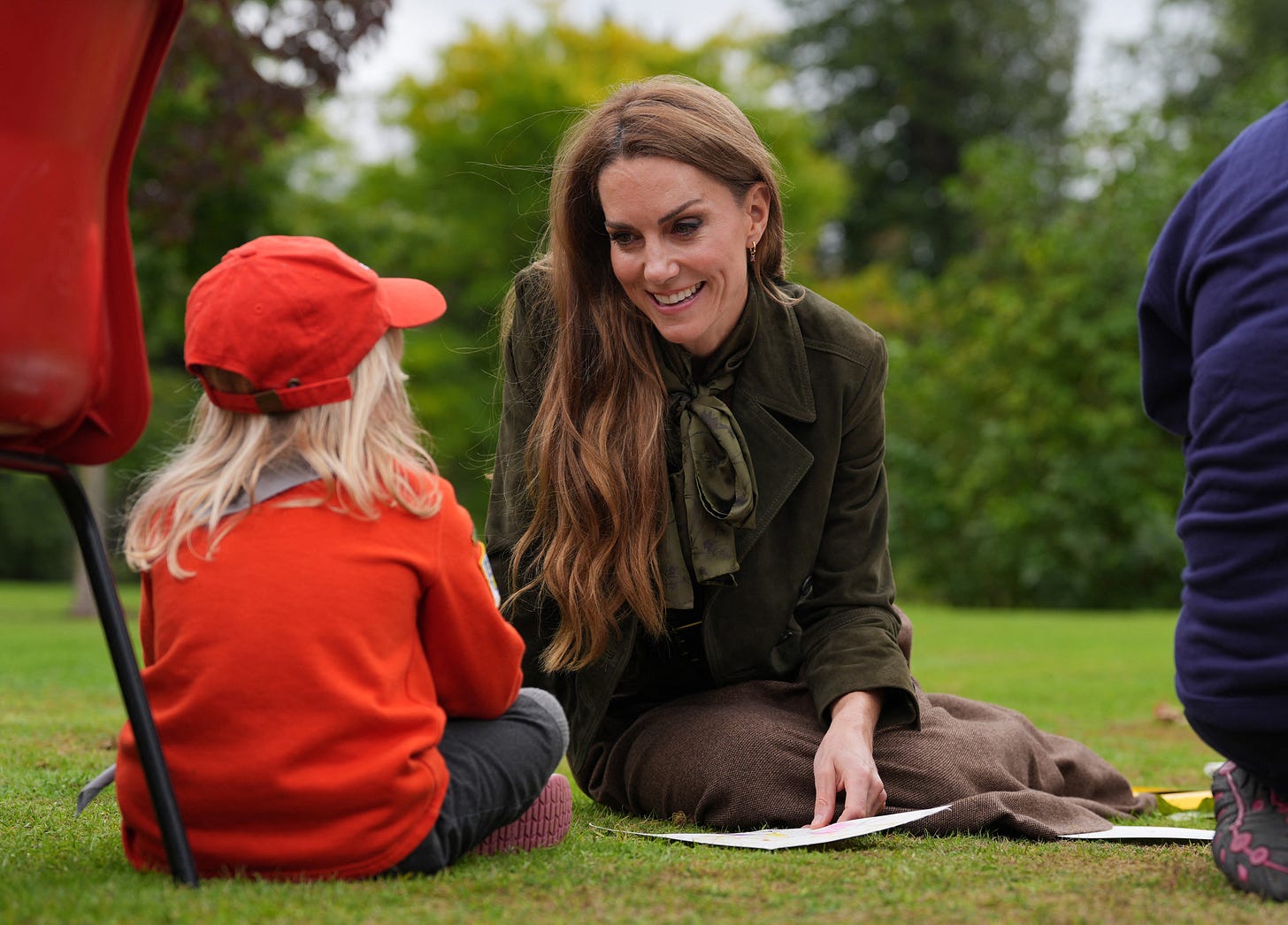
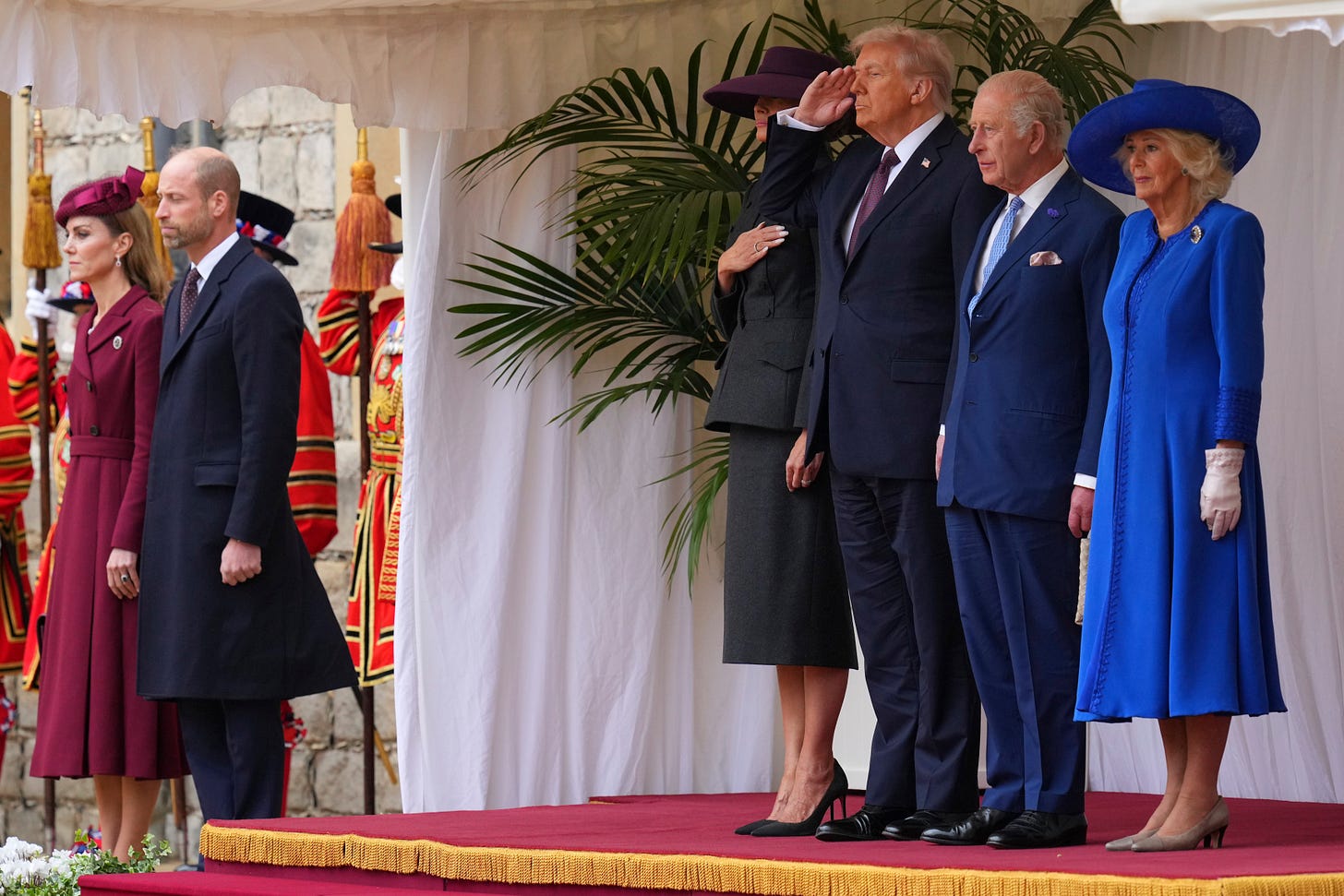
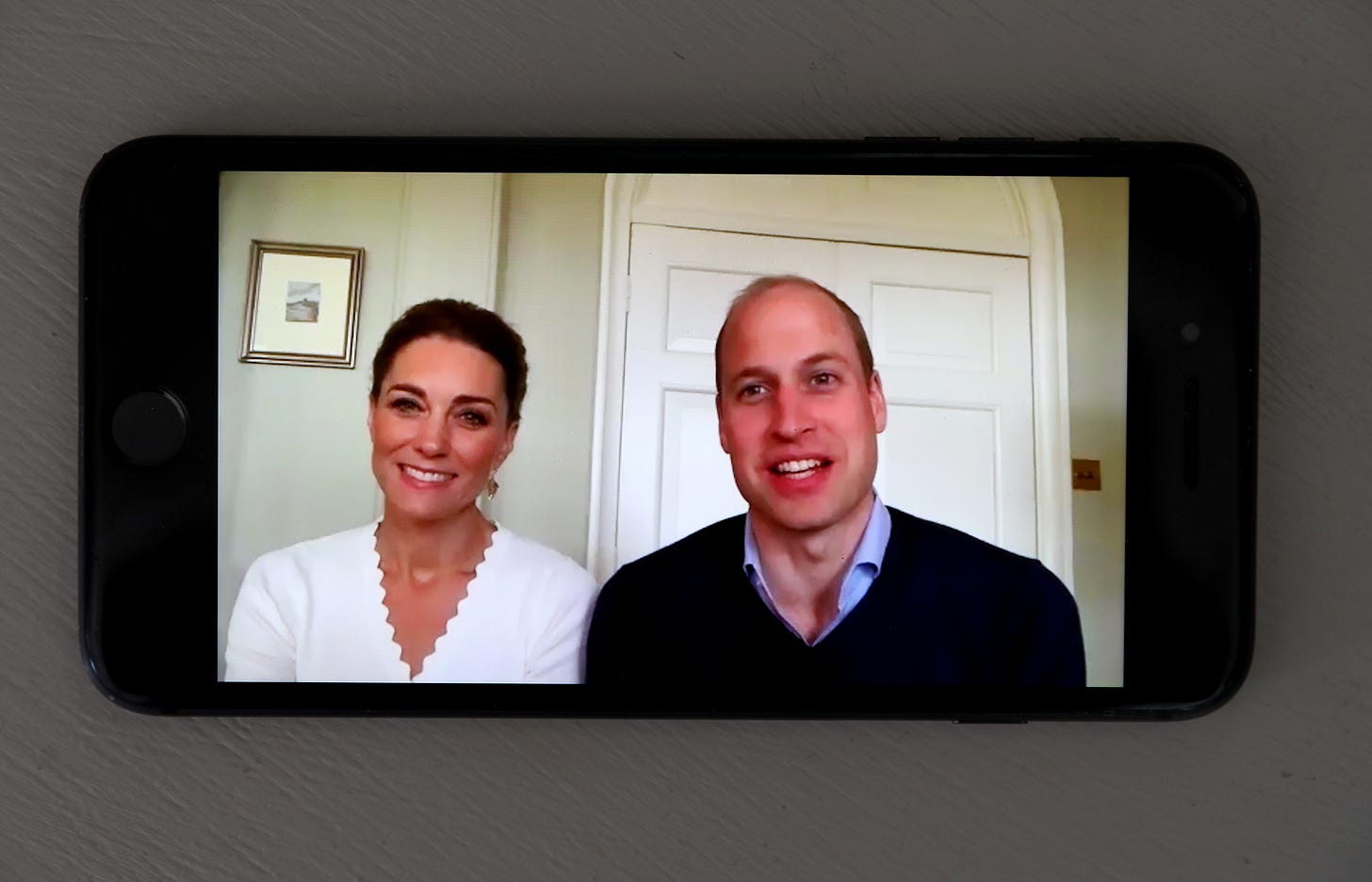
You did a great job of going over everything for people. I hope you can write again. I think Prince William and Princess Kate will fit in with the American people. But I wouldn't get teal close to them.
Thank you for your insightful article. It was a pleasure to read!